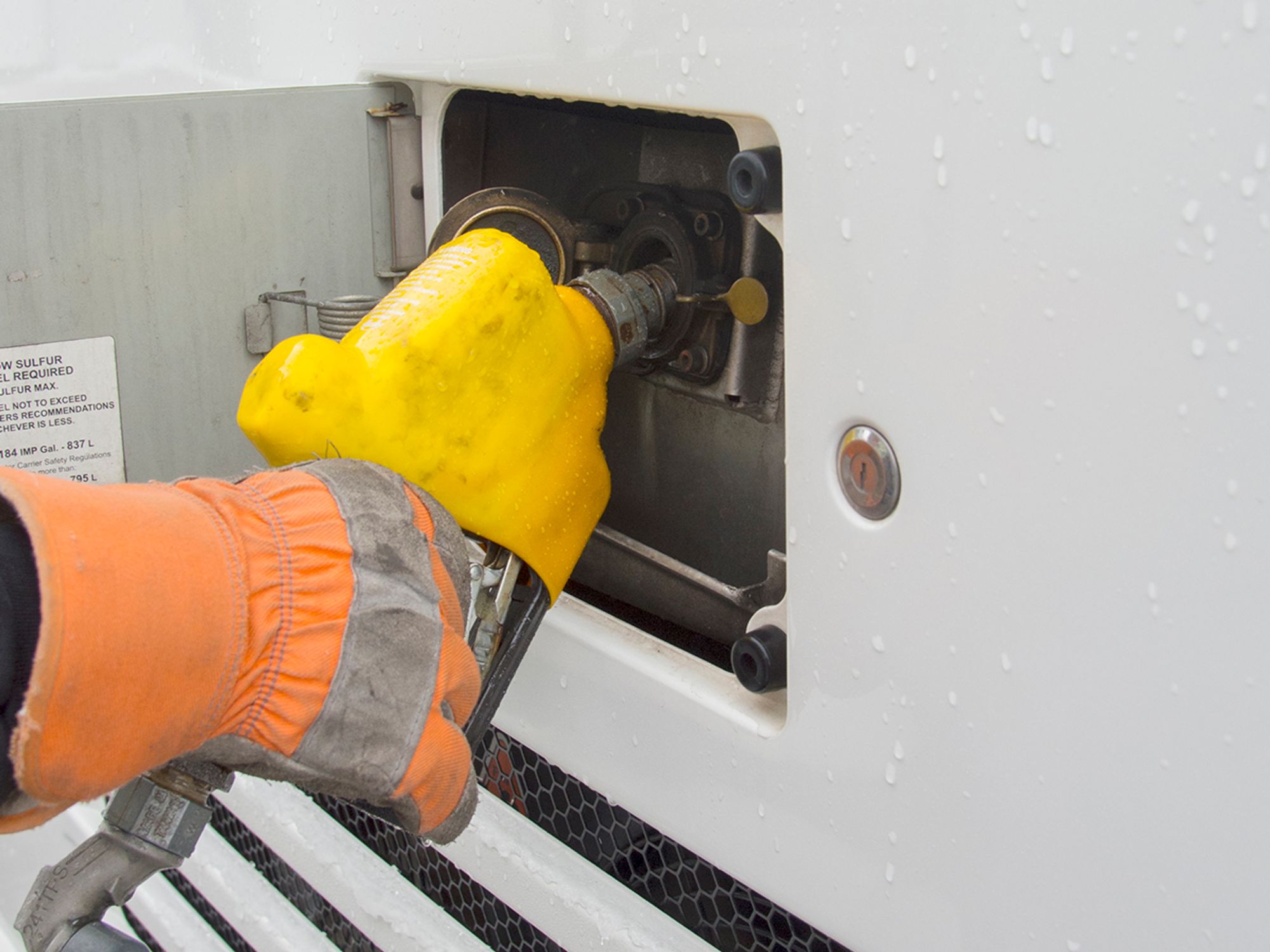Mobile emission sources

- Mobile emission reduction standards reduce tailpipe emissions and those produced gasoline during refueling.
Title II of the Clean Air Act (CAA) addresses air pollutants from mobile sources including aircraft, ships, nonroad vehicles, nonroad engines, and fuels. While motor vehicles built today emit fewer pollutants (60 to 80 percent less, depending on the pollutant) than those built in the 1960s, cars and trucks still make up almost half the emissions of volatile organic compounds (VOCs) and nitrogen oxides (NOx), and up to 90 percent of the carbon monoxide emissions in urban areas.
The Clean Air Act amendments of 1990 established tighter pollution standards for emissions from mobile sources. These standards reduce tailpipe emissions of hydrocarbons, carbon monoxide, and nitrogen oxides. Automobile manufacturers are also required to reduce vehicle emissions resulting from the evaporation of gasoline during refueling.
Compliance points to remember are:
- Motor vehicle engines and nonroad vehicles and engines must meet CAA emissions standards.
- New vehicle and engines must have an Environmental Protection Agency (EPA)-issued certification certificate of conformity before import or entry into the United States demonstrating that the engine conforms to all applicable emissions requirements. Certified vehicles and engines must be properly labeled.
- The CAA prohibits anyone from tampering with emission control devices or selling or installing “defeat devices,” which bypass, defeat, or render inoperative any emission control device.
- The CAA regulates fuel used in motor vehicles and non-road equipment. All fuel and fuel additives produced, imported, and sold in the U.S. must meet certain standards.
- Transportation fuel sold in the U.S. must contain a minimum volume of renewable fuel to reduce greenhouse gas emissions and the use of petroleum fuels.
- Renewable fuel producers and importers generate renewable identification numbers (RINs) for each gallon of renewable fuel.
- Refiners and importers must acquire RINs to show compliance with the standard.
